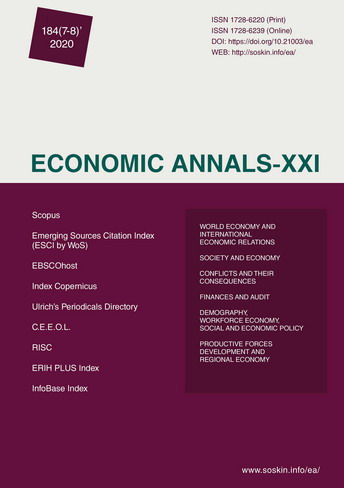Tourist attractiveness of voivodeships in Poland in the light of selected indicators: a dynamic approach
Tourist attractiveness of voivodeships in Poland in the light of selected indicators: a dynamic approach
Author(s): Maria Magdalena Grzelak, Elżbieta Roszko-WójtowiczSubject(s): Economy, Tourism
Published by: Institute of Society Transformation
Keywords: Tourism Sector; Tourism Function Development Indices; Schneider Index; Defert Index; Charvat Index; Level of Tourist Infrastructure; Intensity of Tourist Traffic; Analysis of Time Series;Poland – Britain;
Summary/Abstract: Nowadays, the importance of tourism is increasingly growing. Tourism contributes to socio-economic development and increases gross domestic product (GDP), which is manifested in its capacity to create new jobs, reduce unemployment, stimulate investment and budget revenues, redistribute income from richer to poorer regions, and increase the quality of life of local communities. The main purpose of the paper is to assess the tourist potential of Poland and its individual voivodeships in the years 2010-2019 on the basis of selected indices of the tourism function. The empirical section is based on an analysis of the value of six indices of the tourism function development, including, among others, the Schneider, Defert and Charvat indices, etc. The values of the indices obtained for the tourism function development have confirmed the positive changes taking place in the tourism sector in Poland over the last ten years. In 2019, the average number of bed-places per 100 inhabitants in Poland was 2.22 (Baretje-Defert index). The values of the Charvat and Schneider indices also illustrate the positive changes in the tourism sector in Poland. In 2019, on average, approx. 244 tourist overnight stays were provided per 100 inhabitants, and on average there were approx. 93 tourists per 100 inhabitants. In conclusion, with each passing year, the values of indices representing the tourism function development have increased, which in the context of the country’s untapped tourist potential should be encouraging. Unfortunately, this positive trend has been hampered by the outbreak of the coronavirus pandemic. Therefore, it appears even more necessary to carry out further analyses of the tourism sector. The ongoing monitoring of changes in the values of the tourism function development indices can actually contribute to the development of adequate measures to minimise the effects of the pandemic on the economy and society, including the tourism industry.
Journal: Економічний часопис - ХХІ
- Issue Year: 184/2020
- Issue No: 7-8
- Page Range: 161-177
- Page Count: 17
- Language: English

